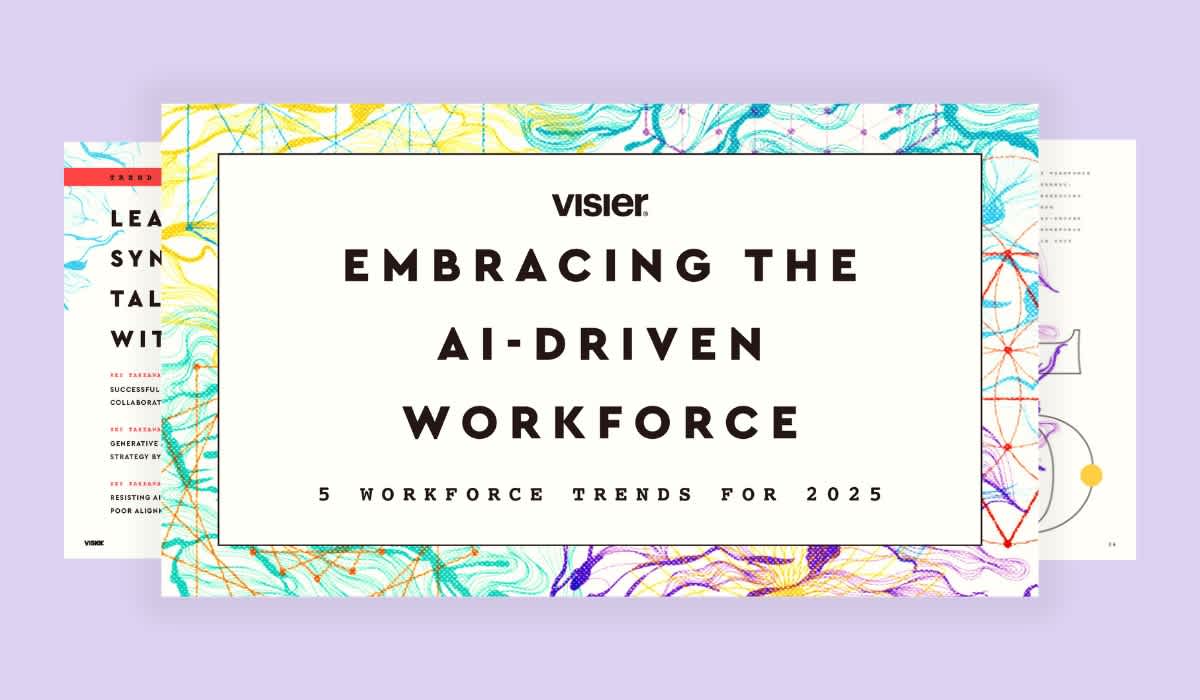How Bekaert is Meeting the CSRD Workforce Requirements
Find out how Bekaert is preparing for the EU CSRD, the importance of data collection and analysis, and why having the right people data management system is essential.

As a global market and technology leader in material science of steel wire transformation and coating technologies, Bekaert applies its expertise to create new solutions for markets including new mobility, low-carbon construction, and green energy. Founded in 1880, with its headquarters in Belgium, Bekaert is a global company with around 24,000 employees worldwide.
On November 22, 2022, the European Commission signed a new set of rules for corporate reporting within the European Union. These rules, known as the Corporate Sustainability Reporting Directive (CSRD), will require companies to disclose information on sustainability matters, such as environmental, social, and governance (ESG) factors. This includes 30+ critical people metrics, ranging from pay equity and employee engagement to turnover rates and health and safety.
Every organization with more than 250 employees must comply with the new legislation, ushering millions of HR leaders to report by January 2026, covering 2024 metrics and some comparative metrics of 2023. For SMEs, however, the reporting is not required until 2027.

I spoke with Catherine De Lannoy, director, organization effectiveness & strategic workforce planning at Bekaert about her experience preparing for the HR reporting requirements of the CSRD. Catherine shared, “We started preparing in 2023 for our first CRSD-aligned report to be published in Q1 2025 (on FY 2024 data). Our sustainability strategy, creating a better tomorrow, is embedded in our purpose of ‘establishing the new possible’ and ambition ‘to be the leading partner for shaping the way we live and move—safe, smart, and sustainable’. For us, this new legislation is a welcome step to further showcase our ongoing efforts in sustainability and also to drive building a more sustainable future for all.”
The ESRS S1 Own Workforce requirements, the section of the CSRD that pertains to social measures, includes reporting on people-related metrics ranging from training to compensation to diversity, equity, including, and belonging (DEIB) initiatives.
De Lannoy shares, “For HR this translates into the ambition to create a diverse, inclusive, and safe environment for all our employees. In terms of diversity, our goal is to have women represent 40% of salaried professionals and managers by 2030—a challenging target in our sector, to say the least. So, gathering and reporting on gender metrics—such as where women are added and why they leave—significantly drives our diversity strategy forward.
Even more important with CSRD, all reported ESG data should be accurate and auditable. This means having solid data collection and management system(s) in place to ensure the accuracy and reliability of our reported metrics.”
Data collection and analysis
As any people analytics or data-driven HR leader knows, effective reporting begins with robust data collection.
De Lannoy explains, “In regards to the people data (headcount, FTE, gender split, country split, distribution, etc.), prior to the implementation of Visier at the end of 2023, we relied heavily on manual data collection. We documented how data was entered into our HRIS systems, applied filters and calculations, stored this documentation in SharePoint, and then used Power BI and Excel for analysis. To say the least, this approach was labor-intensive and prone to human error. Recognizing these challenges, we requested an audit readiness review, which resulted in the recommendation to minimize manual manipulation to enhance data accuracy and data security.”
Additionally, their team realized this granular analysis was cumbersome, making it difficult to respond to auditor inquiries efficiently.
De Lannoy continues, “With Visier, it's easier and quicker to delve deeper into our people data, and we can now do this on-demand and at scale. For instance, we discovered high turnover rates within the first year of employment, an insight previously obscured by our manual processes. Visier allowed us to monitor turnover and resignation rates more precisely, revealing patterns and driving informed decisions. And with monthly monitoring of diversity targets, a key metric in our global variable pay plan, we have been able to identify and address issues promptly, ensuring we stay on track. Something that would have proved time-consuming and harder to achieve prior to Visier.
Ultimately, if you have one central system in which you can set your definitions and filters in one go, you can guarantee it's calculated everywhere in the world in the same manner. It is here that Visier has proved invaluable, as the single source of truth on people data and insights, allowing us to track progress and ensure compliance with the CSRD requirements.”

Ensuring action through democratized people insights
CSRD reporting is more than just fulfilling a requirement. For people data, it's about facilitating action through democratized people insights. These insights allow HR and business leaders to identify underlying issues, set targets, and track progress effectively. They act as a catalyst for change, driving accountability and transparency within the organization.
De Lannoy remarks, “For instance, we report our diversity targets monthly to all stakeholders, including finance counterparts and business unit leadership teams. We've also opened up other workforce insights outside HR, allowing people leaders to see how they can contribute to the company's overall goals and objectives.
When we notice significant drops in specific areas or countries, we alert the relevant HR business partners. We investigate whether the issue stems from recruiting fewer females, losing more females, or disproportionately attracting males. This proactive approach allows us to address problems promptly, intervening when necessary to stay on track.”
Keeping on track for the future success of CSRD
With the first year of CSRD reporting underway, Bekaert is well on track. The audit readiness review provided insights into areas for improvement, helping the company continue its journey. Plus, with Visier, Bekart can easily democratize insights, describe what's happening, and provide context to the data.
De Lannoy shares, “Visier has significantly enhanced our ability to drill down into information and understand the reasons behind trends. This capability is invaluable for telling the story behind our data, ensuring we meet our CSRD obligations effectively.
The CSRD has helped us to enhance our reporting processes and deepen our understanding of our people metrics. By focusing on structured data collection, rigorous analysis, and democratized insights, we are not just meeting compliance requirements but also driving strategic initiatives that foster equity and inclusivity within our organization.
At Bekaert, we're committed to leveraging these insights to drive our diversity strategy and achieve our sustainability and pay transparency goals. With tools like Visier, we're well-equipped to meet the directive's requirements and continue our journey towards a more sustainable and equitable future.”
Learn more about CSRD ESRS S1 reporting
ESRS S1 "Own Workforce" is a set of reporting disclosures included in the EU CSRD.
Get the scoop about what EU businesses need to know regarding: EU CSRD ESRS S1.
Mandatory human capital reporting continues to grow globally. Learn about HR's role in the process and how you can begin to prepare for 2024's CSRD and ESG reporting requirements.
Workforce reporting requirements in CSRD will increase transparency amongst C-level executives, internal employees, and external stakeholders. Here's what executives need to know.
The EU CSRD Own Workforce standards elevate the importance of people data in the corporate world, introducing a set of mandatory reporting requirements and increasing HR's strategic impact on the business. Seize the opportunity to make a difference.



